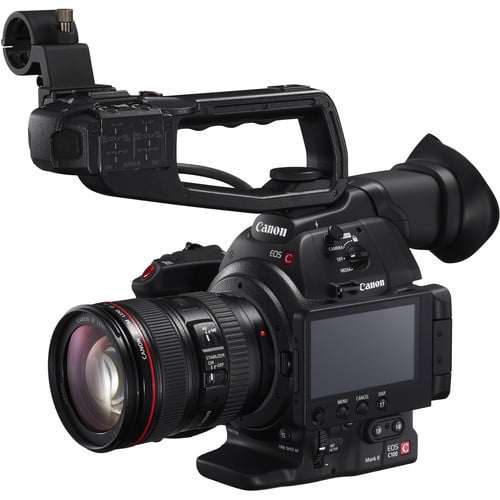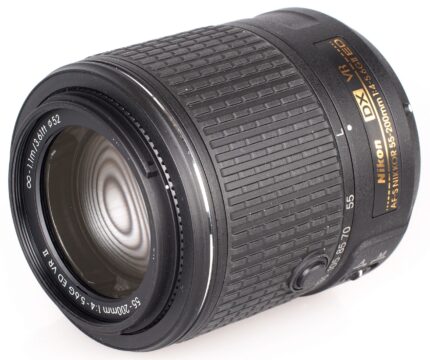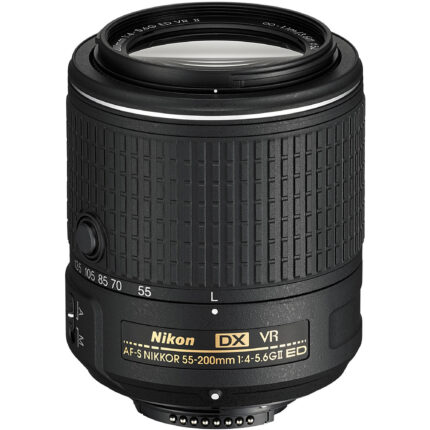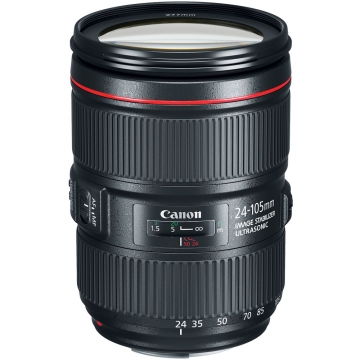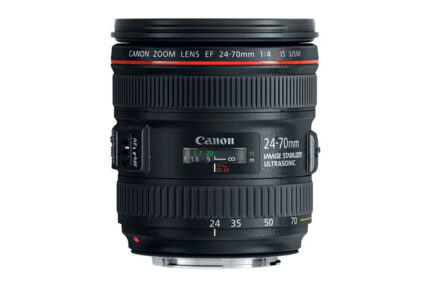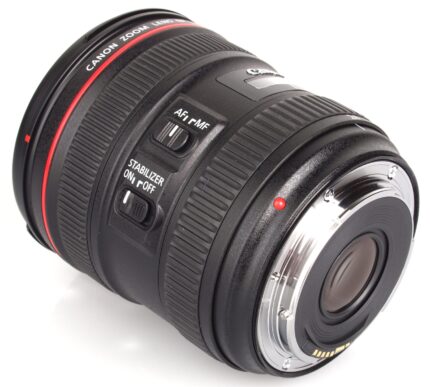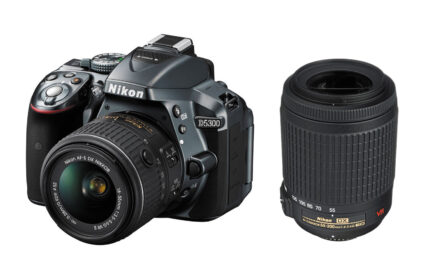
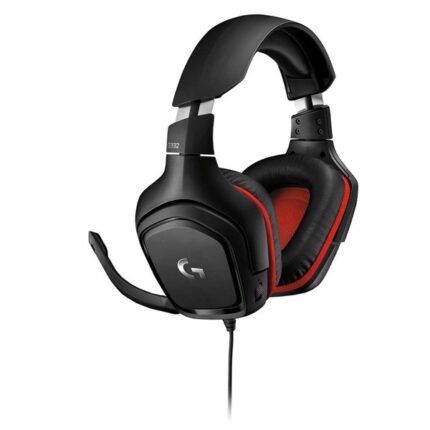
Canon EOS C100 Mark II with Dual Pixel CMOS AF & EF 24-105mm f/4L IS II USM Zoom Lens Kit
KSh 415,999.00
Key Features;
- HDMI Output with Timecode & C-Log LUT
- ISO 320 to 102,400
- Dual SDHC/SDXC Media Card Slots
- Two XLR Audio Connectors
- Built-In Wi-Fi Capability
- Super 35mm 8.3MP CMOS Sensor
- EF Mount 24-105mm f/4L IS USM Lens
- 1920x1080p 59.94/50/29.97/25/23.98
- Dual Pixel CMOS AF Hardware
- AVCHD and MP4 Recording
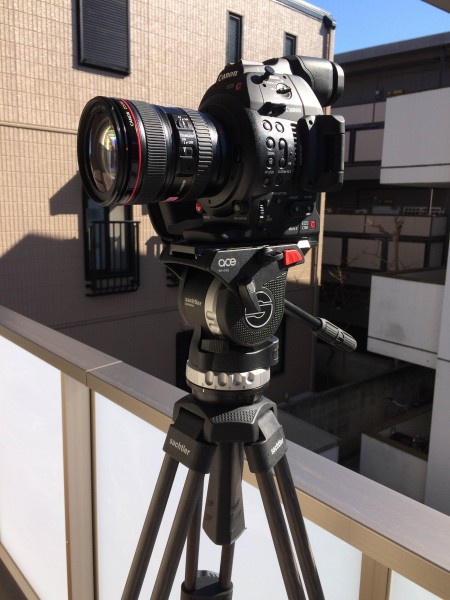
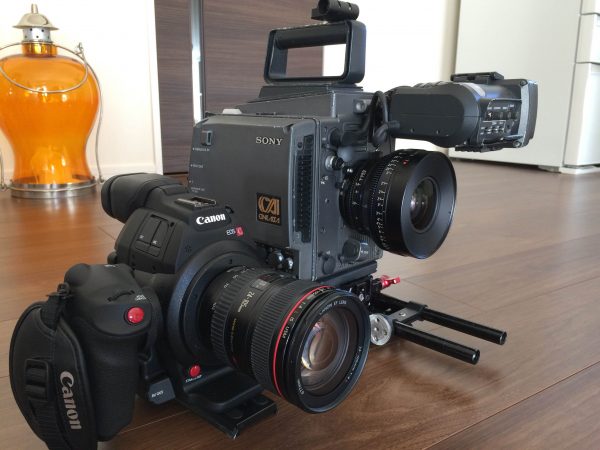
A good test for me on how easy a camera is to use is to pick it up, turn it on, set it up and use it without looking at any instructions. Apart from a few small things that I encountered the camera was pretty straight forward to operate and set up. For an operator picking up the camera for the first time I think they could be up and shooting quite quickly.
The main thing that I thought was strange when setting up the camera was how to choose what frame rate or codec to shoot in. The C100 Mark II gives you the option of recording in either AVCHD or MPEG4. While this sounds quite straight forward the sett
FUNCTIONALITY
On the positive side the rest of the camera was very easy to use and changing basic functions like aperture, ISO, ND,shutter speed and white balance is a breeze. I did not use any external devices such as aftermarket EVFs, monitors or camera rigs as I wanted to see how easy the camera was to operate and use straight out of the box. The C100 Mark II has a flip out LED screen as well as a inbuilt EVF. As it was a bright sunny day I primarily used the EVF and not the flip out screen. One problem I found when doing this is that the waveform cannot be seen on the EVF and I had to have the flip out screen open to use this feature. The quality of the EVF and LCD screen are good but not great. I didn’t have any real problems using the EVF apart from the odd time when I wanted to shoot specific angles. The EVF has very little angle adjustment range and becomes useless when trying to shoot with the camera on a tripod at any height above eye level. The LCD screen has plenty of range and movement but like all LCD screens you struggle to see it in bright sunlight (Ed- alhough I guess you could add a Zacuto Z-finder).
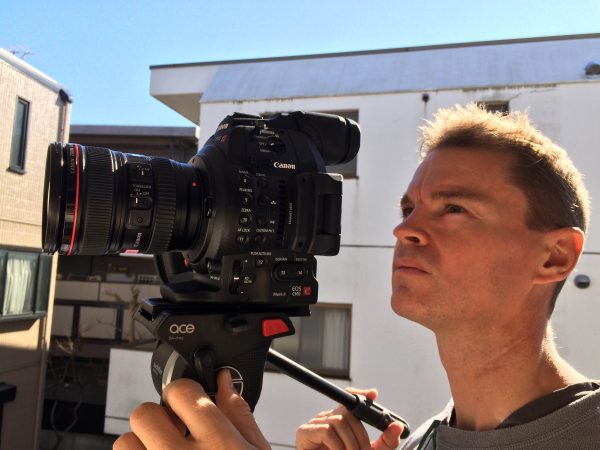
BUILD QUALITY
The C100 Mark II feels solid in the hand and the flip out LCD screen and EVF are strong and don’t feel like they would break easily. The removable top handle that features all the audio inputs and controls attaches to the main body of the camera via a cold shoe. While this if fairly secure, on the camera I tested it did tend to wobble around a little bit – something the original C100 was also guilty of.
Related products
Canon EOS 250D (18-55MM Lens Kit)
Canon EOS 2000D DSLR Camera and EF-S 18-55 mm Lens
Nikon AF-S DX NIKKOR 55-200mm Lens
Canon EF 24-105mm f/4L IS USM Lens
- EF-Mount Lens/Full-Frame Format
- Aperture Range: f/4 to f/22
- One Super UD Element
- Three Aspherical Elements
- Optical Image Stabilization
- Super Spectra Coating
- Ring-Type Ultrasonic Motor AF System
- Optical Image Stabilizer
- Weather-Sealed Construction
- Rounded 8-Blade Diaphragm
Canon EF 24-70mm f/4L IS USM Lens
Nikon D5300 18-55MM :Price In Kenya
- 24.2MP DX-Format CMOS Sensor
- EXPEED 4 Image Processor
- No Optical Low-Pass Filter
- 3.2" 1,037k-Dot Vari-Angle LCD Monitor
- Full HD 1080p Video Recording at 60 fps
- Multi-CAM 4800DX 39-Point AF Sensor
- Native ISO 12800, Extended to ISO 25600
- 5 fps Shooting at Full Resolution
- Built-In Wi-Fi and GPS Connectivity
Nikon CoolPix B500:Price In Kenya
Canon EOS 5D Mark IV DSLR Camera with 24-105mm
- 30.4MP Full-Frame CMOS Sensor
- DIGIC 6+ Image Processor
- 3.2" 1.62m-Dot Touchscreen LCD Monitor
- DCI 4K Video at 30 fps; 8.8MP Still Grab
- 61-Point High Density Reticular AF
- Expanded ISO 102400; 7 fps Shooting
- Dual Pixel RAW; AF Area Select Button
- Dual Pixel CMOS AF and Movie Servo AF
- Built-In GPS and Wi-Fi with NFC
- EF 24-105mm f/4L IS II USM Lens

